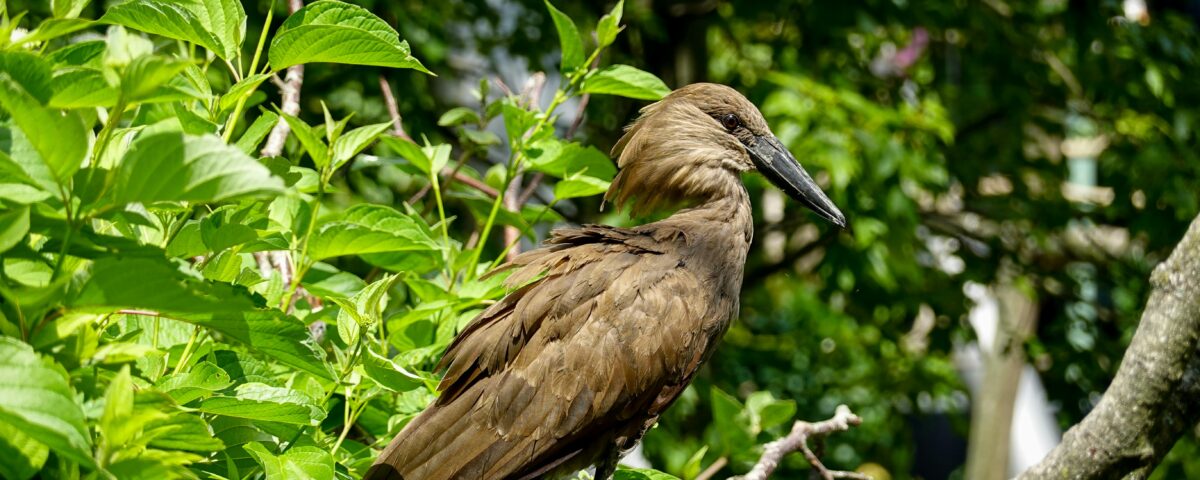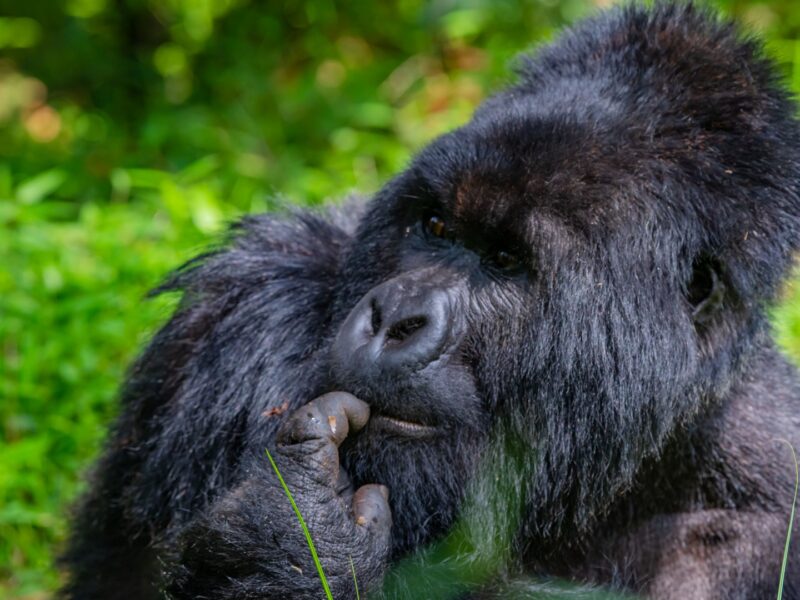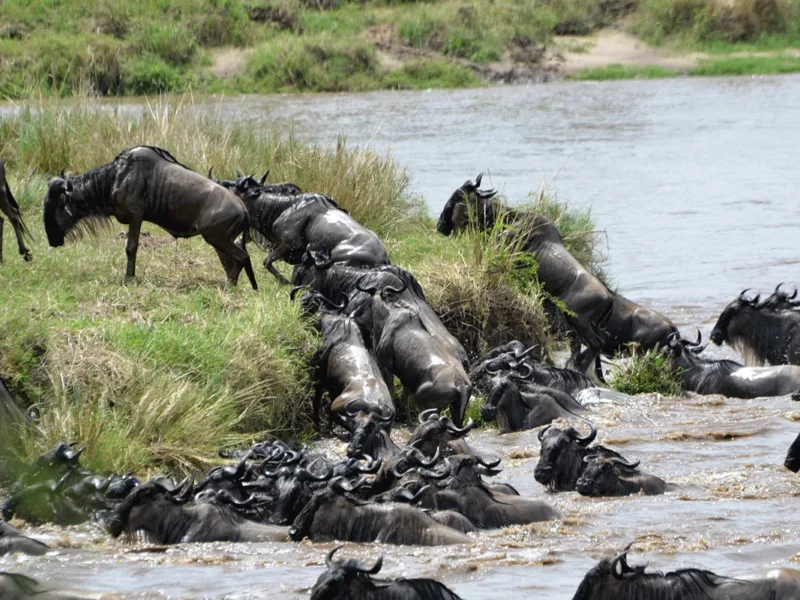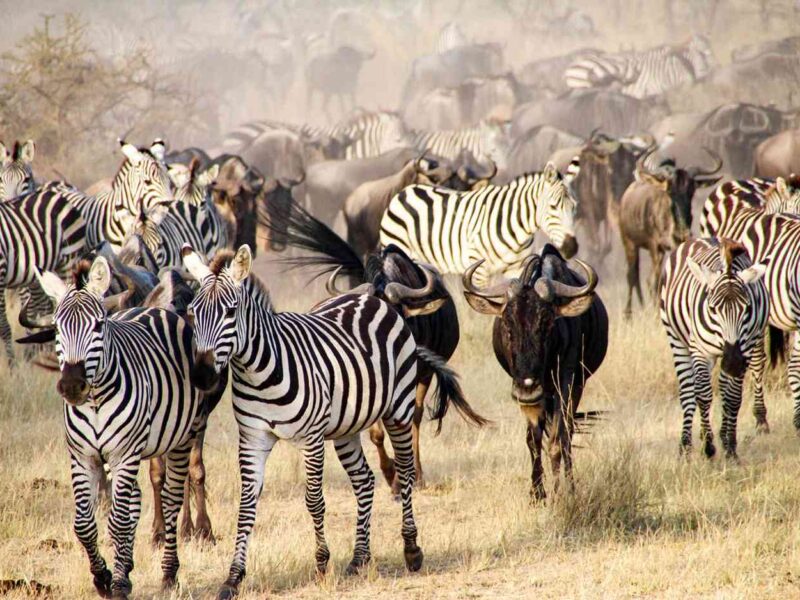Pangolins in Uganda
September 22, 2025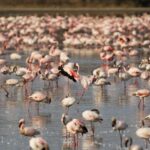
Flamingo Birds in Kenya
September 23, 2025Fascinating Facts About the Hamerkop
A Unique Bird of Africa
The Mysterious Bird of African Wetlands
Africa is home to an extraordinary variety of birds, each carrying unique stories that captivate travellers who seek wildlife experiences beyond the Big Five.
Among these remarkable species, the hamerkop stands out as one of the most fascinating.
Known for its unusual head shape resembling a hammer, this small wading bird is a favourite among birders and safari enthusiasts.
Fascinating facts about the hamerkop reveal its distinctive lifestyle, record-breaking nests, and cultural significance across African communities.
Travellers who embark on birding safaris in East Africa, whether combining them with Uganda gorilla trekking or exploring Kenya’s soda lakes, often find the hamerkop along rivers, wetlands, and shallow ponds.
Unlike the flamboyant flamingo or the towering marabou stork, the hamerkop charms with its size, behaviour, and the massive nests it constructs.
Many visitors ask, where to stay on a Kenya birding safari? What to pack for a Kenya safari? When to go for a Uganda gorilla safari?
These questions often surface because hamerkop watching is best paired with broader safari itineraries.
By understanding this bird, travellers gain deeper appreciation for Africa’s interconnected ecosystems, cultural heritage, and the thrilling safaris designed by Ngeye Tours and Travel.
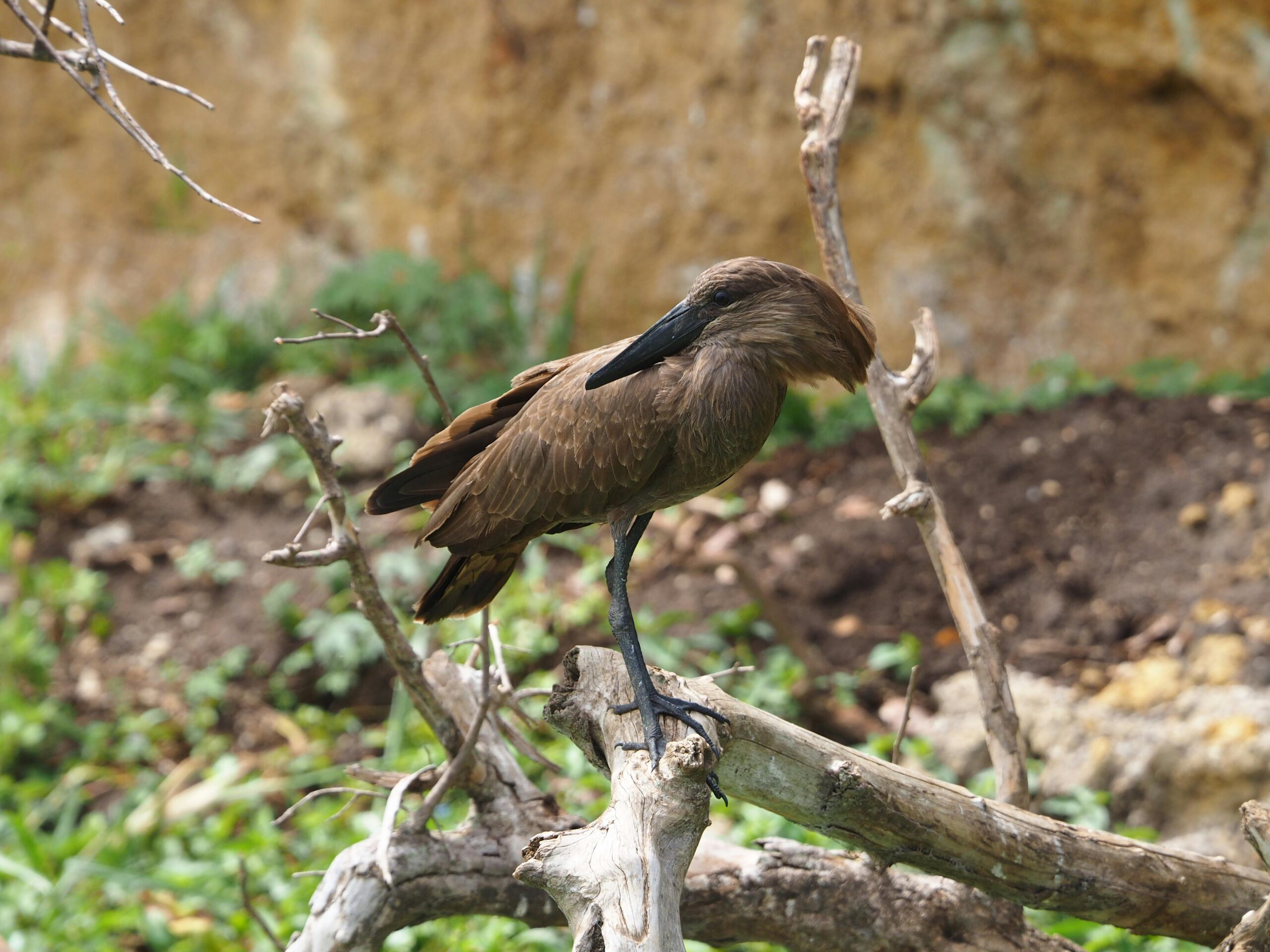
Hamerkop Bird in Kenya
Appearance and Size of the Hamerkop
The hamerkop is unlike any other African bird. Standing at around two feet tall, it is considered the world’s smallest stork species.
However, despite belonging to the same order as herons and storks, the hamerkop is unique enough to be placed in its own family.
Its most distinctive feature is the head, which has a long, flattened bill and a backward-pointing crest, giving it the unmistakable hammer-like profile from which its name is derived.
Covered in brown plumage with subtle purple gloss on its back, the hamerkop blends beautifully with wetland environments.
Its relatively short legs, partially webbed feet, and broad wings make it an adept wader and strong flyer.
Birding travellers often remark on how striking its silhouette is when perched near rivers or flying across lakeshores.
Compared to flamboyant species such as flamingos, the hamerkop may appear modest, yet its uniqueness makes it a highlight during guided birding safaris.
Birdwatchers who choose to combine Uganda gorilla safaris with birding trips often encounter the hamerkop in places like Queen Elizabeth National Park or the wetlands around Lake Victoria.
This blend of primate tracking and bird observation enriches itineraries, making trips worthwhile for travellers.
Nesting Marvel: The Largest Roofed Nests of Any Bird
One of the most fascinating facts about the hamerkop is its architectural ability.
Despite its small size, this bird constructs the largest roofed nests in the avian world.
These nests can measure up to 6.5 feet wide and 6.5 feet deep, often weighing more than 100 pounds.
Built with sticks, mud, reeds, and other vegetation, the nest resembles a fortress complete with a narrow tunnel.
The construction process involves both male and female hamerkops.
They may spend weeks adding material until the nest becomes strong enough to support the weight of a human.
These enormous nests often attract other species, including owls, snakes, and monitor lizards, which may take over abandoned structures.
Interestingly, hamerkops sometimes build several nests in a year, even when they do not intend to use all of them.
This behaviour has puzzled ornithologists, adding to the bird’s mysterious reputation.
When travellers book Uganda gorilla safari lodges near wetlands or rivers, expert guides often point out hamerkop nests in towering trees or by riverbanks.
Beyond the gorillas of Bwindi, these cultural and natural encounters elevate Uganda as a premier safari destination.
Visitors frequently ask, when to go for a Uganda gorilla safari?
The dry months of June to September and December to February offer both excellent trekking conditions and ideal opportunities to observe hamerkops constructing their nests.
Feeding Habits and Wetland Behaviour
Hamerkops thrive in wetland environments, feeding primarily on amphibians, fish, crustaceans, and insects.
Their partially webbed feet allow them to wade through shallow waters while skilfully using their bills to probe mud for prey.
Frogs form a significant portion of their diet, and safari travellers often spot them stalking shallow pools with sudden movements that lead to quick strikes.
The bird’s feeding behaviour aligns well with East Africa’s seasonal rhythms. During wet months, wetlands fill with prey, allowing hamerkops to thrive.
In drier periods, they adapt by scavenging or targeting alternative food sources.
This adaptability ensures survival even in fluctuating conditions.
Beyond the excitement of lions, elephants, and wildebeest migrations, hamerkops remind travellers of the delicate ecosystems that sustain Africa’s biodiversity.
Cultural activities around lodges, such as Maasai storytelling or traditional dances, often emphasize the connection between local life and wetlands where hamerkops reside.
Cultural Significance of the Hamerkop
The hamerkop’s unusual nesting behaviour has inspired myths and cultural beliefs across Africa.
In many traditions, its nests symbolize resilience and community, as they require cooperation and immense effort to build.
Some cultures view the bird with reverence, believing its presence near homes brings good fortune, while others associate its large nests with spiritual protection.
These cultural connections enrich safari experiences.
Tourists staying near crater lakes in Uganda or rural wetlands in Kenya often engage in cultural tours that include storytelling about local wildlife.
Guides share how birds like the hamerkop influence folklore, beliefs, and conservation practices.
These cultural dimensions ensure that wildlife encounters go beyond photography, creating immersive learning experiences.
When travellers plan Uganda gorilla trekking, they often add cultural extensions, such as Batwa community visits or market tours.
These activities align with birding opportunities, making the hamerkop not just a biological wonder but also a cultural bridge.
Safari Planning: Combining Hamerkop Watching with Gorilla Trekking
For many travellers, birding is most rewarding when combined with larger wildlife experiences.
This is why Ngeye Tours and Travel emphasizes safari packages that blend Uganda gorilla safaris with birdwatching adventures.
Imagine trekking through the dense forests of Bwindi to meet gorillas, then spending the next day exploring wetlands where hamerkops build massive nests.
Such contrasts highlight the richness of East Africa.
Tourists often ask, what to pack for a Uganda gorilla safari?
The essentials include trekking boots, rain jackets, lightweight clothing, and binoculars for birding. Adding birding gear ensures that hamerkop sightings are fully appreciated.
Lodges near gorilla trekking points, such as those around Bwindi or Queen Elizabeth National Park, enhance the journey with cultural performances.
These lodges not only provide comfort but also foster a sense of connection with local communities. In Kenya, the same principle applies.
Birding safaris often begin with flamingos at Lake Nakuru, move to big game in Masai Mara, and end with bird-rich wetlands where hamerkops thrive.
By choosing wisely on where to stay on a Kenya birding safari, travellers ensure proximity to wetlands and cultural immersion with local communities.
Conclusion: Why the Hamerkop Matters in African Safaris
The hamerkop may be small compared to iconic storks or cranes, but its uniqueness makes it an unforgettable safari highlight.
From its distinctive hammer-shaped head to its colossal nests, every aspect of this bird sparks fascination.
Observing its feeding habits, learning about its cultural symbolism, and pairing sightings with broader safari activities enriches the African journey.
For travellers planning Uganda gorilla trekking or designing birding-focused itineraries in Kenya, the hamerkop provides both educational and visual delight.
Its presence in wetlands complements gorilla encounters, big game safaris, and cultural tours, making it an essential.
Ngeye Tours and Travel delivers professional guidance, ensuring visitors know when to go for a Uganda gorilla safari.
What to pack for a Kenya safari and where to stay on a Kenya birding safari.
By combining expertise, cultural insights, and a passion for Africa’s natural wonders, Ngeye Tours positions itself as a reliable authority.
The next time you explore Africa’s wetlands, remember that the fascinating facts about the hamerkop reveal more than just a bird.
They uncover a story of resilience, culture, and nature’s brilliance an experience best lived through a thoughtfully designed safari.


